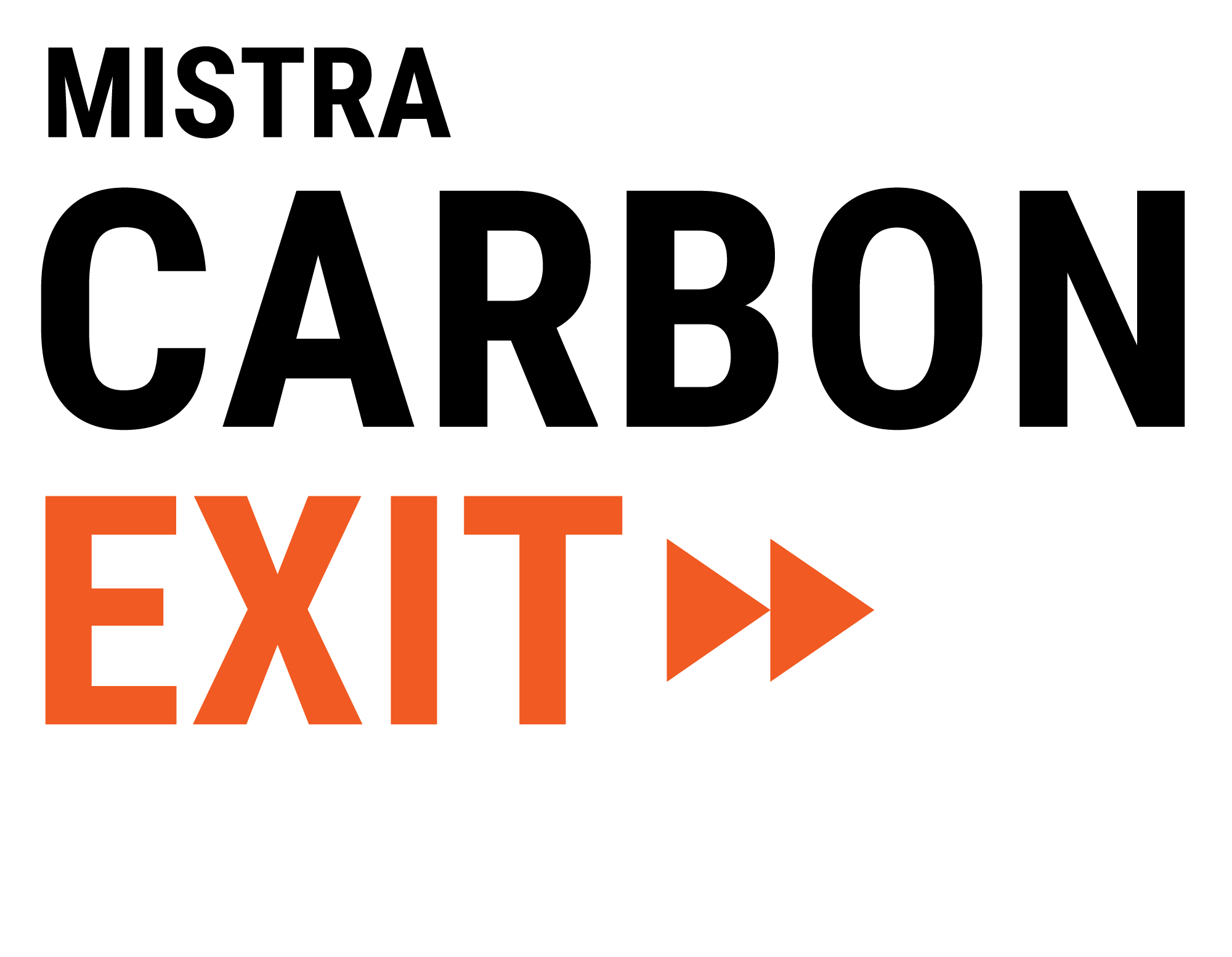In the latest in-depth analysis from the think tank CEPS, Patricia Urban, Ida Karlsson, and Luca Nipius compare EU and Swedish policies on WLC emissions
Read MoreA summary of Filip Johnsson's and Ida Karlsson's research in Mistra Carbon Exit around building construction decarbonization has just been published in Open Access Government.
Read MoreTransatlantic cues: How the US and the EU influence each other’s climate policies is a new report discussing the complicated geopolitical landscape this year when new administrations are set on both sides of the Atlantic.
Read MoreMistra Carbon Exit’s Annual report presents examples from our research, including the work of our five PhD students. We have also asked some of our senior researchers and industrial partners to reflect on the programme and provide key deliverables, communication activities and publications from the year 2023.
Read MoreThe Inflation Reduction Act, often called IRA, is the main political policy for the climate issue in the United States. This reports answers questions about the its effects based on analysis and facts.
Read MoreCCS, Carbon capture and storage, is needed to complement other climate measures. With the right policy, Sweden can become a leader in developing this technology. So, write researchers within Mistra Carbon Exit in a new SNS report.
Read MoreMistra Carbon Exit´s fifth programme conference 18-19 September 2023 gave important takeaways on subjects such as the development in north Sweden, transport, building and infrastructure and the changing policies in the EU and the US.
Read MoreThrough the Fit for 55 climate package, the EU Emissions Trading System (EU ETS) has been strengthened significantly. But how will the system develop in the future?
Read More2022 will be remembered as the year Russia invaded Ukraine and the world focused on high energy prices. But it was also a year of progress. Read more in our annual report.
Read MoreRussia's war in Ukraine affects climate change in Sweden and the EU. The Mistra Carbon Exit has studied this in a new report focusing on energy, critical minerals, climate policies and the European dependence on Russian fossil fuels.
Read MoreThe Year 2021 was the first year of the second phase of Mistra Carbon Exit. This annual report gives some further examples of our activities in 2021.
Read MoreWe need to dramatically accelerate the climate transition. In this publication we present the main findings from the first four years of Mistra Carbon Exit, distilled down into 29 key messages.
Read MoreIn 2020 the program was, of course, affected by the covid‐19 pandemic, but the effect was rather minor. This the fourth year of the programme consisted m,ainly of completing research tasks and communicating programme results.
Read MoreDenna rapport identifierar möjligheter och barriärer, både tekniska och icke-tekniska, i byggprocessen av byggnader i Uppsala kommun. Målet har varit att rapporten ska ge lokala intressenter vetenskapligt baserade råd för att implementera lösningar för deras prioriterade åtgärdsområden.
Read MoreHow can we reduce harmful anthropogenic impact on the climate without negatively affecting the prospects for Earth’s ecosystems and human well-being?
As described in this Mistra Carbon Exit publication, identifying impacts on the SDGs preferably starts as an open process of ‘turning every stone’, characterized by reflective and collaborative learning that iteratively reduces complexity and pinpoints specific impacts on SDGs.
Read MoreThe Covid-19 crisis has caused an economic downturn that may reverberate throughout the European carbon market. This makes a review of the EU ETS supply mechanisms imperative.
Read MoreIn this policy brief, we offer an introduction to the family of policy instruments known as “flexible performance standards.”
Read More




















